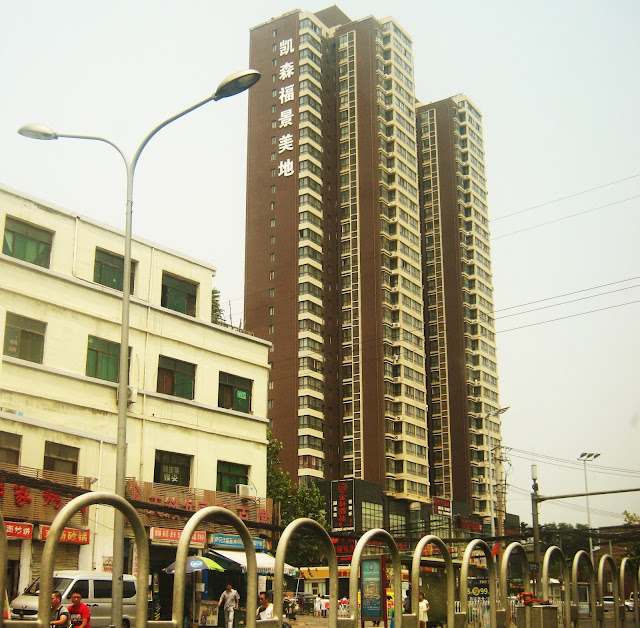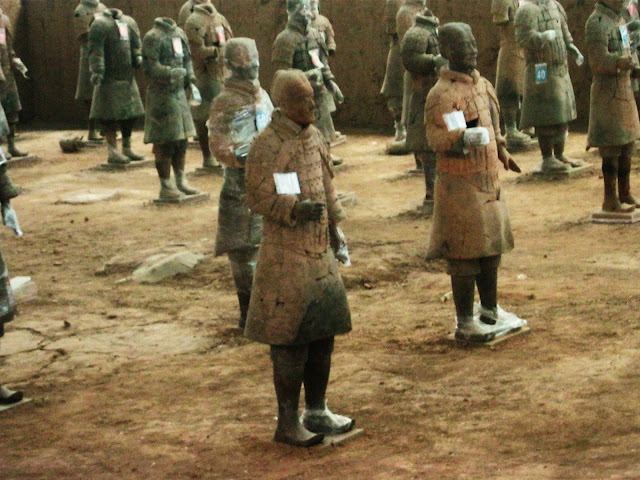I booked a round-the-world ticket, but the travel agent convinced me to pay extra for a return flight.
Beijing is an amazing city of beauty and wonder and mystery. China in itself as a majestic place at its best but filled with horrible things we do not see. There's another side I'd like to experience if I ever do go here permanently, for a job. From this point on I decided I'd love to work in China, so I could experience all its diversity - from the tropical south; the coastal cities of the east; the icy wastes of the north and the deserts of the west: China is a place of diversity, of which I got to experience so little. Returning to New Zealand, I set about finding a teaching job with Chinese institutions, but not feeling comfortable with coming in again illegally, I decided to hold this plan off until the day I graduate.
It was sad to say goodbye to the friends we had made. We had formed such a bond with China and its culture. The streets and locations brimmed with so much life that they seemed to be living things themselves. With sadness we gave a final 再見,中国! before boarding the plane, waving goodbye through the window at the awesomeness beyond.



















































































































